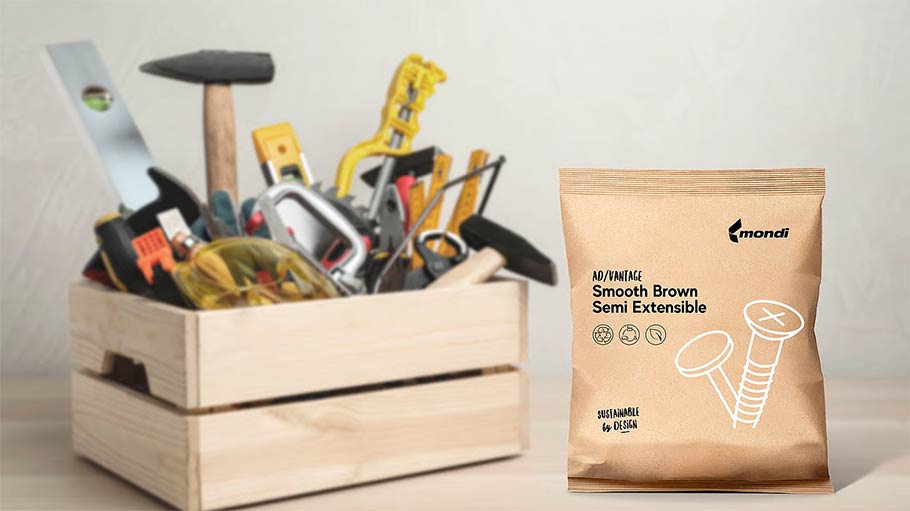
For many products, flexible plastics are still the most convenient and cheapest option for packaging materials. And even more so – replacing them with something more environmentally friendly and recyclable seems like an impossible task. We are talking about small, angular, heavy items, the packaging of which must be strong enough.

It would seem that what could surprise a banal pizza box? Well, they would come up with some design for it, draw a comic there - everything is familiar and uninteresting. But, it turns out, there is room for constructive fantasy in this direction too.
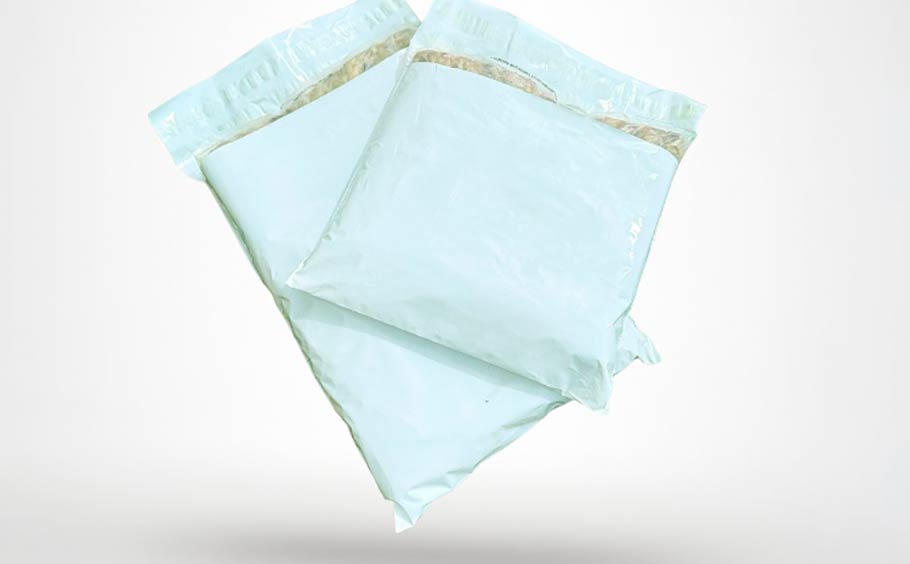
Thermal packaging is exactly the case where it is very difficult to find a replacement for plastic. Especially when it comes to postal shipments. However, new legislation is capable of “working miracles” and such an alternative has also appeared.
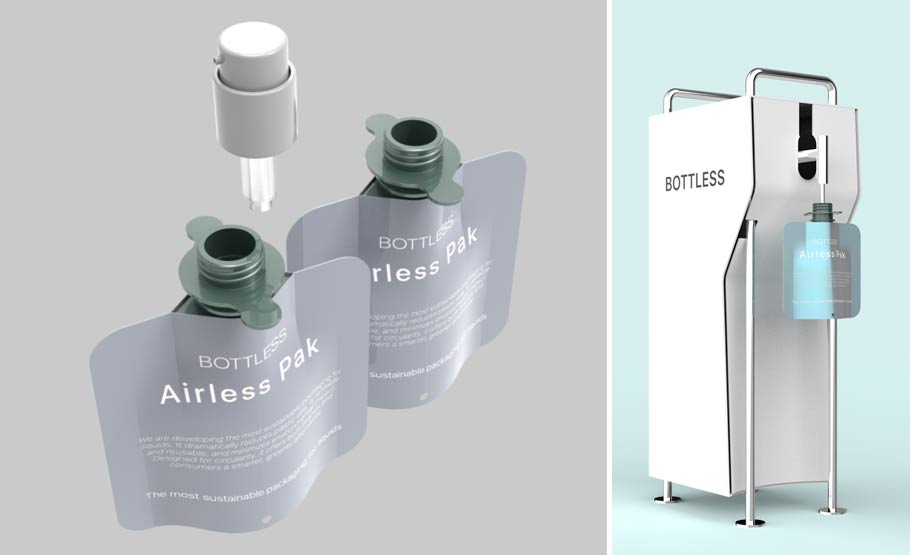
Today we want to tell you about an unexpected solution that BOTTLESS presented for the Sustainability Awards 2025. This is a reusable airless packaging Airless Pak, which is essentially a flexible plastic bag.
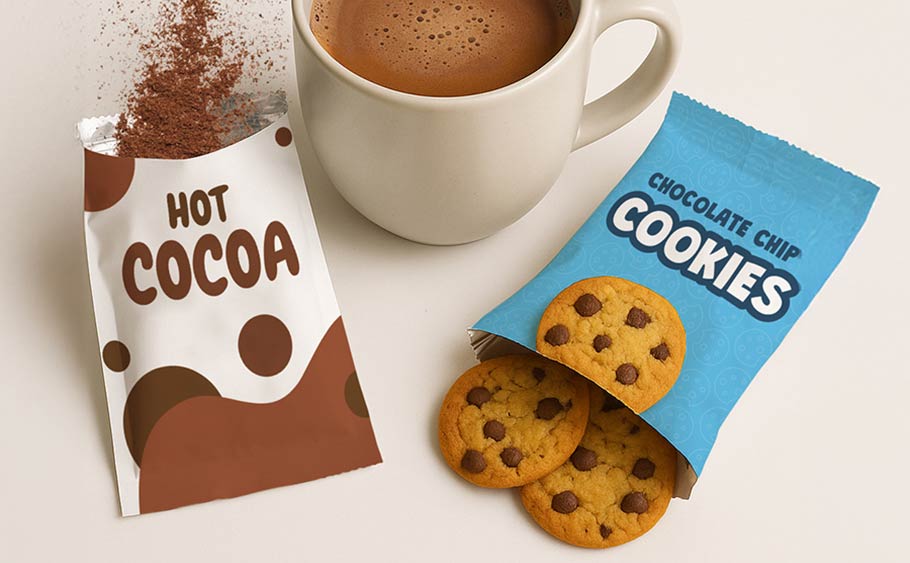
Lecta last week introduced a new addition to its Metalvac paper flexible packaging line - Metalvac Seal Oxygen Barrier. This is a heat-sealable metallized barrier paper designed for packaging food and non-food products in sachets, doypacks, flowpacks, etc.
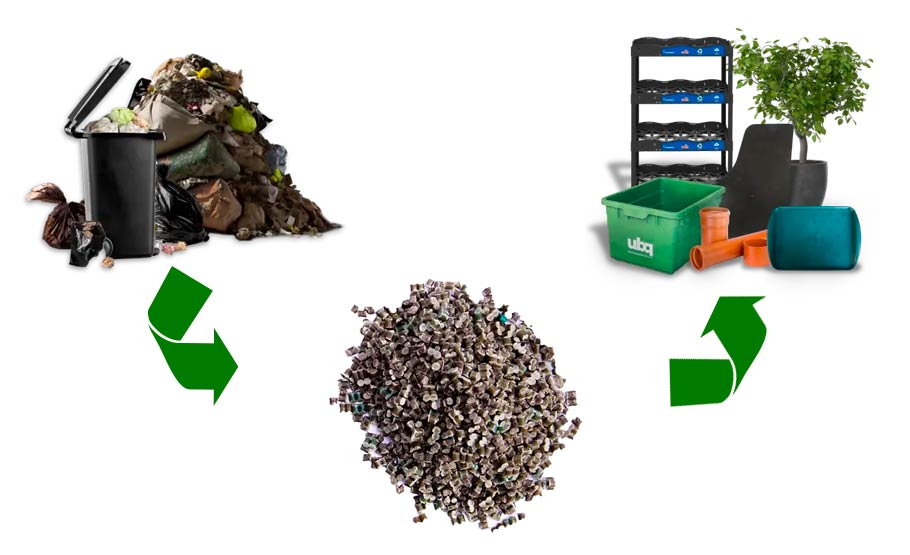
A solution bordering on fantasy – that was our first thought when we read about the new material. It is a thermoplastic obtained by recycling ordinary household waste, including organic waste, at a plant in the Netherlands.
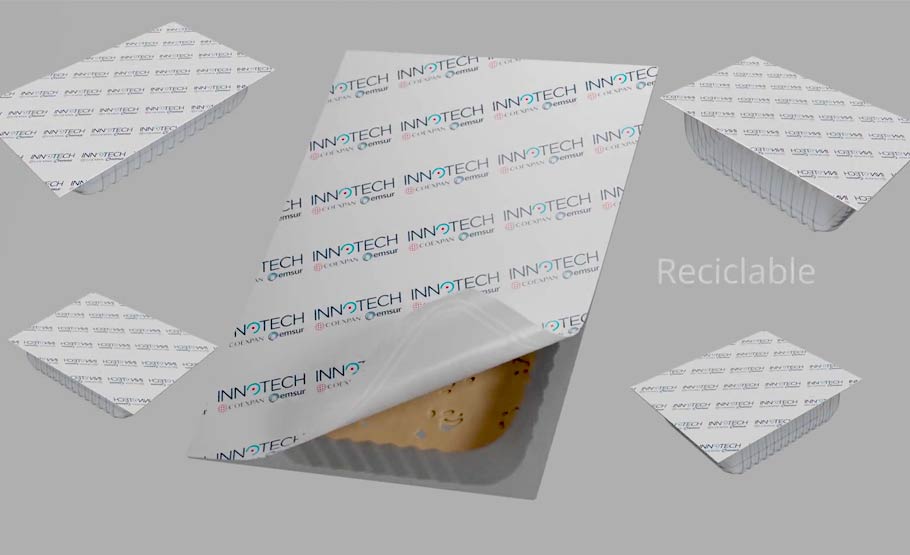
We are well aware that the most intriguing thing in the title of this news is the word "reusable". This is both true and not quite true. But at the same time, we are not deceiving you in any way.

